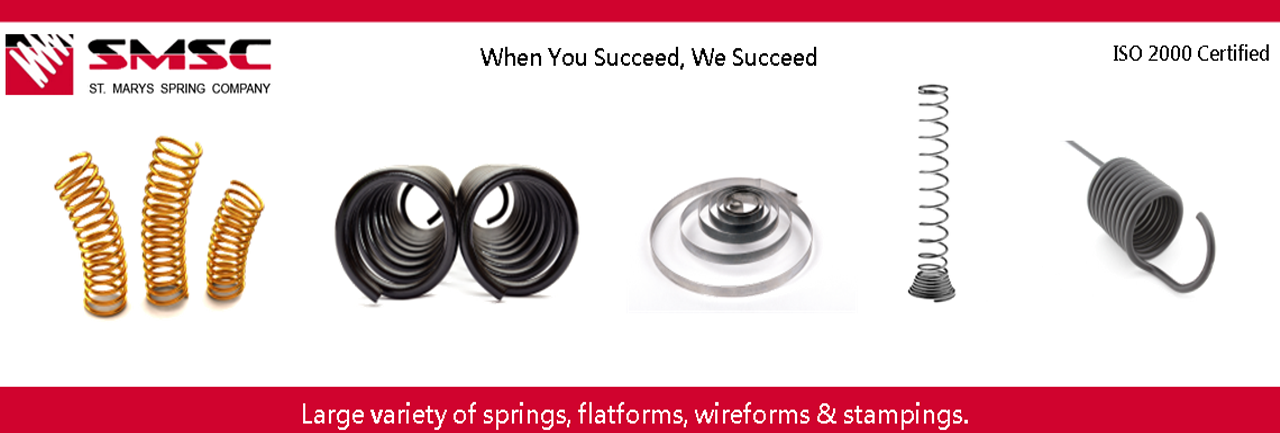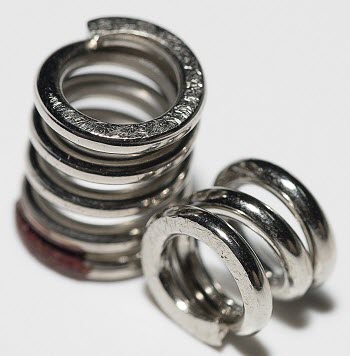Compression springs or open-coil helical springs offer resistance to the force applied along their axis. These springs are coiled in constant diameter. They are either placed inside a hole or fitted over a rod. Compression springs are regarded as the most energy-efficient storage devices. They get compressed on the application of load. The spring regains their original form and position upon releasing the load. Based on their end type these springs are classified into diverse type, which makes them applicable in various applications. On the basis of their end types, compression springs can be classified into several types. This post will discuss different end types of compression springs.
What are the End Types of Compression Helical Springs?
Following are the four different end types of compression springs
- Closed and Squared: Closed and squared end compression helical springs are designed such that the pitch of their end coil gets reduced in order to form one dead coil. The last coil of closed and squared end type springs is closed. Thus, it allows the spring to stand in a vertical position when placed on a flat surface.
- Closed and Ground: Closed and ground end springs have their ends grounded to provide a flat end. The compression springs with a closed and ground end and having a high slenderness ratio can stand vertically on a flat surface. Springs with such end types are ideally used in precision applications.
- Double Closed: The working mechanism of compression spring with a double closed end is similar to that of springs with closed and squared end configuration. These compression springs come with two closed coils at the end. If a compression spring has a high slenderness ratio and the risk of bucking, then the double closed ends configuration offers stability to it.
- Open End: Open end type compression springs provide a constant pitch that doesn’t change throughout the wire. All the coils have pitch in between them since they are open end type. The springs with open ends have to be inserted into a hole or placed over a shaft or mandrel.
Compression helical springs are used in various daily life applications, such as automotive engines, large stamping presses, electronics, cellphones, and various instrumentation devices. Having proper knowledge about the different end types of a compression spring will make it easier to choose the right spring for your application.
Related Topics:

